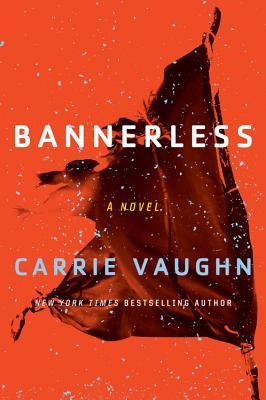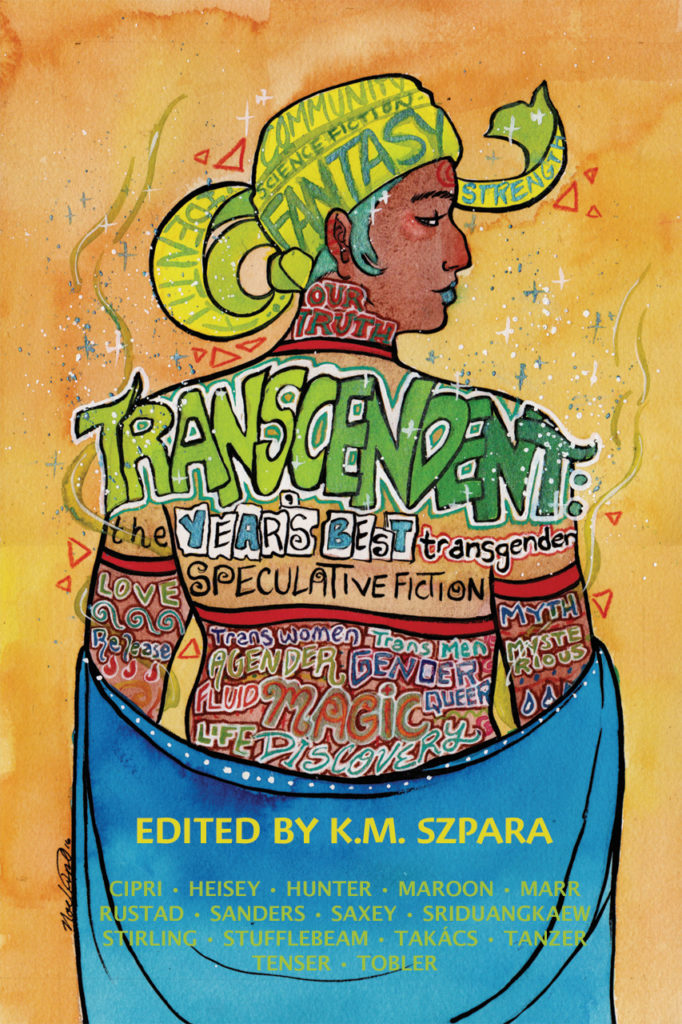Young me circa 1974 says "So much to read, so little time...."
Last week, I posted my list of planned reads for RoofbeamReader’s 2018 “TBR Challenge.” But I always set myself more than one reading challenge a year. Some carry over from year to year, and some are new. Some are broad and some are themed. And in many cases, books read will help me meet more than one challenge.
365 SHORT STORIES CHALLENGE
Every year, I challenge myself to read one short story per day. Some years I keep the pace pretty well, and some years I fall behind and then scramble to catch up (and some years, I catch up and fall behind again). I used to post thoughts on each individual story over on my now-largely-defunct Livejournal; this year I plan to review a story or two in-depth each Sunday and then do a monthly “round-up” of all stories read that month. I’m defining “short story” as anything from flash fiction to novella-length. If a story/novella is published as a stand-alone book (ebook or otherwise), that story will also count towards my annual Goodreads “Books Read Challenge.”
GOODREADS CHALLENGE
Goodreads allows members to set a challenge. In 2017 I set the same 100 book challenge as previous years. I blew past that in mid-fall and decided to increase it to 125, and managed over 130 books. So for 2018, I’m going to start out planning on 125 books and see where we go. Goodreads also counts magazines and individually-published short stories as “books,” so I count them for this challenge as well. Of course, any book read for the TBR Challenge, or the challenges mentioned below, count towards this one.
GRAPHIC NOVEL CHALLENGE
I own far more graphic novels and trade paperback collections of classic comics than I’ve read. In 2017 I started trying to turn that around, and I’m setting a goal in 2018 of reading one graphic novel per week. I may start a separate post tracking these, or I may just come back and update numbers here.
“BUSTLE” CHALLENGE (adapted from 2017)
A co-worker pointed me to the Bustle.com 2017 reading challenge near the end of 2016, and while I had every initial intent of working on the challenge because it would foster reading outside of my comfort zone (non-fiction in general is something I really need to challenge myself to read), I dropped the ball on it. So I’m challenging myself to do it in 2018, and adding one category to the 20 of the original challenge. For some of the categories, I’ve already decided what I want to read (and already own the books in question), while for some I’m leaving myself room to pick something after I gather recommendations). I plan to come back to this post and add “date completed” for each category, and links to reviews where appropriate. Here are the categories (and the books already chosen):
1. BY A WOMAN UNDER 25: I Am Malala by Malala Yousafzai
2. ABOUT NON-WESTERN HISTORY: A History of the Philippines From Indios Bravos to Filipinos by Luis. H. Francia
3. A BOOK OF ESSAYS: Teenagers From The Future, edited by Tim Callaghan COMPLETED FEBRUARY 2018
4. ABOUT INDIGENOUS CULTURE: An Indigenous Peoples' History of the United States, by Roxane Dunbar-Ortiz
5. BEFORE YOU SEE THE MOVIE: The Lady Vanishes / The Spiral Staircase, by Ethel White (believe it or not, I’ve never seen the classic noir movies based on these books)
6. YOUNG ADULT BY AN AUTHOR OF COLOR: Shadowhouse Falls by Daniel Jose Older
7. SET IN THE MIDDLE EAST: Solacers, by Arion Galmanaki
8. ABOUT WOMEN IN WAR:
9. A GRAPHIC NOVEL BY A WOMAN: Fun Home by Alison Bechdel
10. BY AN IMMIGRANT/REFUGEE TO THE US:
11. CHILDREN’S BOOK (READ ALOUD):
12. REREAD A CHILDHOOD FAVORITE: A Wrinkle In Time by Madeleine L’Engle COMPLETED MARCH 2018
13. AN LGBTQIA MEMOIR: To The Stars by George Takei READ APRIL 2018
14. POST-APOCALYPTIC FICTION BY A WOMAN: Who Fears Death, Nnedi Okorafor
15. FEMINIST SF NOVEL:
16. FIRST BOOK IN A NEW SERIES: Velveteen Vs. The Junior Super-Patriots, by Seanan McGuire
17. SET IN AFRICA, BY AN AFRICAN AUTHOR: Things Fall Apart, by Chinua Achebe COMPLETED FEBRUARY 2018
18. TRANSLATED BOOK: Invisible Planets, edited and translated by Ken Liu
19. CONTEMPORARY POET: Lies, Mistruths and Perception by Kate Fox
20. BY A MODERNIST WOMAN WRITER: Wide Sargasso Sea by Jean Rhys
21. BY A MAN UNDER 25: A Lite Too Bright by Samuel Miller (to be published May, 2018)
COMPLETE THE SERIES CHALLENGE
In previous years I’ve challenged myself to come “up to date” on series I’d started but fallen behind on. This year, I’m challenging myself to also read one series that I own but have not read. Titles that I have read in each series are indicated with (re-read). I plan to come back to this post and add “date completed” for each book individually and for each series as a whole, and give links to reviews where appropriate.
THE VELVETEEN SERIES by Seanan McGuire
1. Velveteen Vs. The Junior Super-Patriots
2. Velveteen Vs. The Multiverse
3. Velveteen Vs. The Seasons
LAWRENCE BLOCK’S CLASSIC CRIME LIBRARY
1. After The First Death
2. Deadly Honeymoon
3. Grifter’s Game (re-read)
4. The Girl with the Long Green Beret
5. The Specialists (re-read)
6. The Triumph of Evil
7. Such Men Are Dangerous
8. Not Comin’ Home to You
9. Lucky at Cards
10. Killing Casto (re-read)
11. A Diet of Treacle
12. You Could Call It Murder
13. Coward’s Kiss
14. Cinderella Sims
15. Passport to Peril
16. Ariel
VANTAGE BOOKS MOVIE CLASSICS (Themed Set by PenguinRandomHouse, 2014-2015)
1. Showboat by Edna Ferber (re-read)
2. Cimarron by Edna Ferber
3. Back Street by Fannie Hurst
4. Alice Adams by Booth Tarkington
5. The Ghost and Mrs. Muir by R.A. Dick
6. The Bad Seed by William March
7. Drums Along the Mohawk by Walter D. Edmonds
8. The Bitter Tea of General Yen by Grace Zaring Stone READ MARCH 2018
9. Logan’s Run by William F. Nolan and George Clayton Johnson
10. The Night of the Hunter by David Grubb
THE RADIUM AGE SCIENCE FICTION SERIES (Themed Set by HiLo Books, 2012-2013)
1. The Scarlet Plague by Jack London READ APRIL 2018
2. With The Night Mail / “As Easy as A.B.C.” by Rudyard Kipling
3. The Poison Belt by Sir Arthur Conan Doyle
4. When The World Shook by H. Rider Haggard
5. The People of the Ruins by Edward Shanks
6. The Night Land by William Hope Hodgson
7. Goslings by J.D. Beresford
8. The Clockwork Man by E.V. Odle (re-read)
9. Theodore Savage by Cicely Hamilton
10. The Man with Six Senses by Muriel Jaeger (re-read)
E. CATHERINE TOBLER’S “FOLLEY & MALLORY” SERIES
1. Rings of Anubis READ MARCH 2018
2. The Glass Falcon READ APRIL 2018
3. The Honey Mummy
4. The Clockwork Tomb
CHINUA ACHEBE’S “AFRICA TRILOGY”
1. Things Fall Apart READ FEBRUARY 2018
2. No Longer At Ease
3. The Arrow of God










